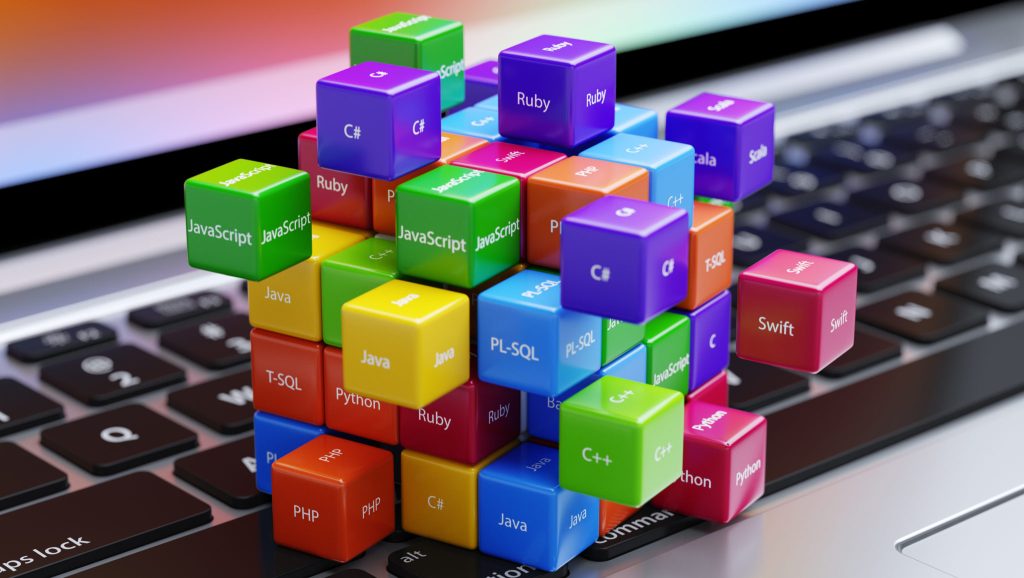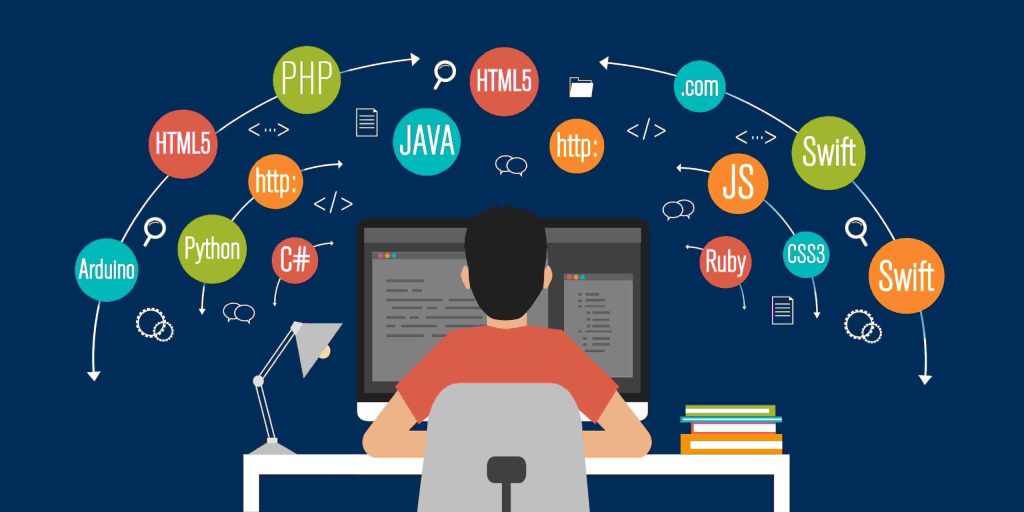Decoding Programming Languages: A Comprehensive Overview
In the realm of technology, programming languages stand as the essential tools that empower humans to communicate with computers. This essay delves into the intricacies of programming languages, their purpose, evolution, classification, and the impact they have on shaping the digital world.

Understanding Programming Languages
Programming languages are formal methods of instructing computers to execute tasks. They bridge the gap between human-readable code and machine-executable instructions. Each programming language employs a unique syntax and semantics that programmers use to create algorithms and applications.
Evolution and Historical Context
The evolution of programming languages mirrors the advancement of technology. The journey began with low-level languages like assembly, closely mirroring machine code. The birth of high-level languages, such as Fortran and COBOL, introduced abstraction and ease of programming. Over time, languages like C, Java, and Python emerged, focusing on efficiency, portability, and readability.
Classification of Programming Languages
Programming languages are classified into generations based on their development era. First-generation languages (machine code) are specific to hardware. Second-generation languages (assembly) introduced symbolic instructions. Third-generation languages (C, Pascal) emphasized higher-level abstractions, while fourth-generation languages (SQL) focused on domain-specific tasks. Fifth-generation languages (Prolog) revolve around artificial intelligence and natural language processing.
Impact on the Digital Landscape
Programming languages underpin every facet of the digital landscape. Web development relies on languages like HTML, CSS, and JavaScript. High-performance applications are built using C++ or Java. Python’s simplicity and versatility make it a favorite for data science and machine learning. The choice of programming language influences software performance, development speed, and maintainability.
Demystifying Programming Languages: The Bridge Between Humans and Computers
Programming languages serve as the conduits through which humans communicate their ideas and intentions to computers. This essay aims to demystify the essence of programming languages, their role in software development, the diversity of languages available, and the importance of language selection.
The Language of Code
Programming languages serve as the common language between humans and machines. Just as diverse cultures have unique languages, programmers utilize different languages to create software. Each programming language carries its own grammar and vocabulary, allowing programmers to express logic and algorithms.
Role in Software Development
Programming languages are the foundation of software development. They enable the translation of human concepts into instructions that computers can execute. The choice of language influences software’s functionality, performance, and maintainability. Different languages excel in various domains, from web development to scientific computing.
The Spectrum of Languages
The programming language landscape is vast and diverse. Low-level languages like C provide fine-grained control, while high-level languages like Python prioritize simplicity and readability. Domain-specific languages cater to specific industries, such as SQL for databases and MATLAB for scientific computing. New languages continually emerge, addressing evolving programming needs.
Selecting the Right Language
Choosing the right programming language is akin to selecting the right tool for a task. Factors like project scope, desired performance, developer expertise, and available libraries impact the decision. Versatile languages like Python and JavaScript are popular for their extensive libraries and broad applications.
Programming Languages: The Art of Communicating with Computers
Programming languages, the keystones of digital communication, empower humans to instruct computers in their native tongue. This essay explores the intricate world of programming languages, their syntax, semantics, paradigms, and the interplay between language design and software development.

Syntax and Semantics
Programming languages possess their own syntax and semantics, akin to human languages. Syntax refers to the grammatical rules governing code structure, while semantics dictate code meaning. A misplaced symbol or incorrect syntax can lead to errors, highlighting the precision required in coding.
Programming Paradigms
Languages adhere to programming paradigms that define how code is structured and executed. Imperative languages use sequences of statements, while functional languages focus on data transformation. Object-oriented languages encapsulate data and behavior, and logic languages prioritize rule-based logic.
Language Design and Software Development
The design of programming languages shapes the development process. High-level languages like Python emphasize readability, enabling faster development. Low-level languages like C offer fine control, often used for system programming. The choice of language aligns with project requirements, development team skills, and performance goals.
Language Evolution and Innovation
Programming languages evolve to cater to changing needs. New languages emerge to address contemporary challenges, such as Rust’s focus on system security. Language innovation often stems from community collaboration, as developers seek to streamline workflows, enhance expressiveness, and address previous languages’ limitations.
The Language of Computers: Programming Languages Unveiled
In the digital age, where computers are ubiquitous, programming languages serve as the essential lingua franca for humans to communicate with machines. This essay delves into the intricate world of programming languages, their diversity, syntax, paradigms, and the symbiotic relationship between programmers and their tools.
Variety in Language
Programming languages exhibit a remarkable diversity, each tailored to specific tasks and domains. Some languages prioritize speed and memory management, like C++. Others, like Python, emphasize readability and ease of use. Domain-specific languages, from SQL for databases to MATLAB for scientific computing, cater to specialized needs.
Syntax: The Code’s Grammar
Programming languages employ a syntax that dictates how code is structured. Just as sentences follow grammatical rules, code adheres to syntactical conventions. A missing semicolon or a misplaced bracket can lead to errors, underscoring the importance of syntax precision.
Paradigms: The Approach to Logic
Languages adhere to programming paradigms that determine code structure and execution. Imperative languages follow step-by-step instructions, while functional languages focus on data transformations. Object-oriented languages model code as interacting objects, and logic languages are rule-based.
Programming and Language Selection
The choice of programming language is a crucial decision in software development. It shapes the software’s performance, scalability, and maintainability. Language selection is influenced by factors like project scope, developer expertise, and available libraries.
The Constant Evolution
Programming languages are not static entities; they evolve with technology. New languages arise to address contemporary challenges, harnessing advancements in hardware and software. The programming community collaborates to refine languages, incorporate best practices, and ensure languages remain relevant in an ever-changing landscape.
